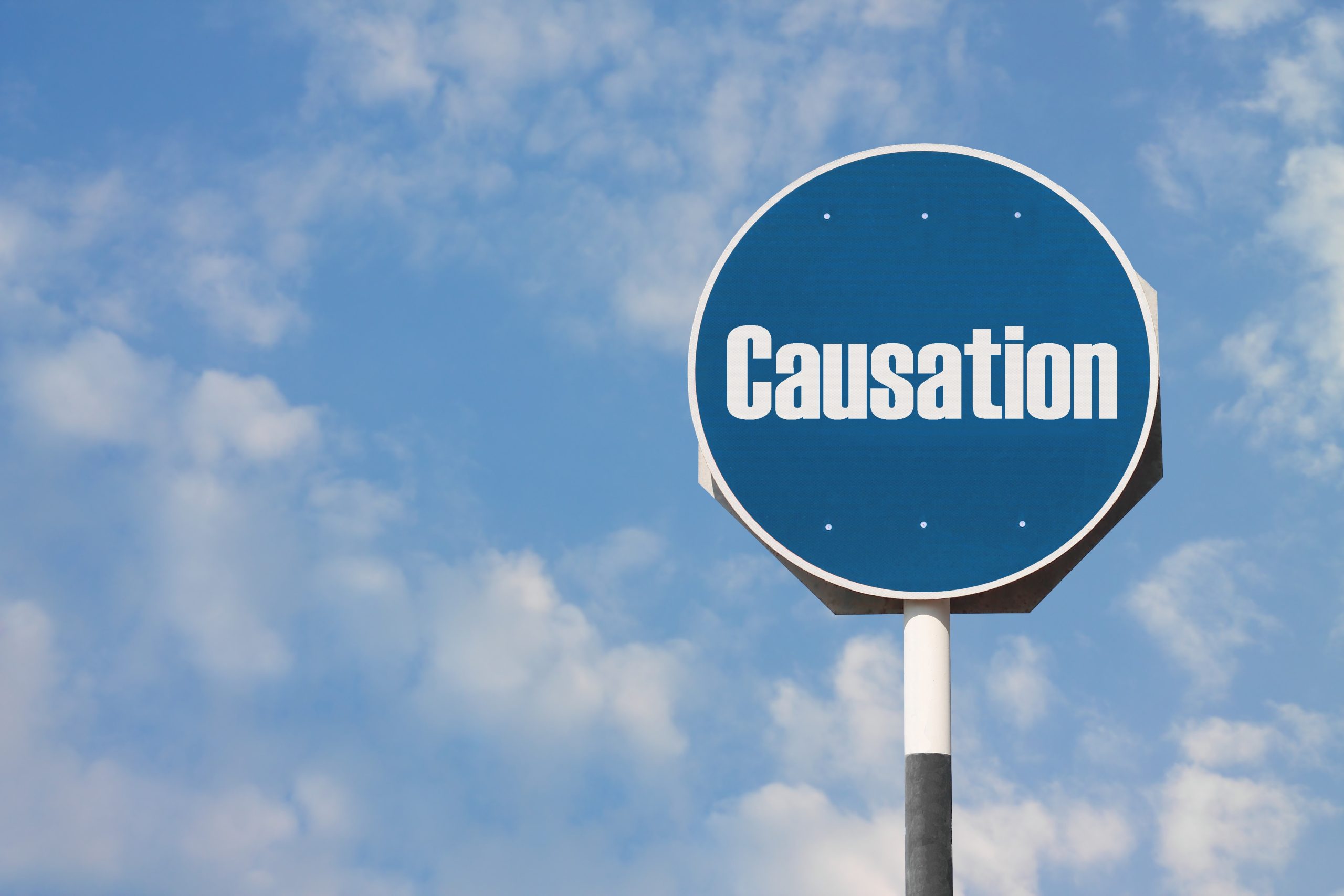
The Two Facets Of Causation
The two main aspects of causation include:
- Cause-In-Fact: Also commonly known as “actual cause.” Cause-in-fact refers to the evidence that shows the defendant is liable for causing the victim’s injuries, losses, or other damages. This aspect applies the “but-for” test to determine if the victim was harmed and if the defendant’s actions caused that harm. This type of causation establishes all of the facts of the claim and who is responsible for each stage of the incident that caused the injury. For instance, but for the existence of ABC, would XYZ have occurred?
- Proximate Cause: There is no clear definition of proximate cause. Since proximate cause typically involves many variables, it is a more complicated legal concept than the fact-based chronology of factual causation. Proximate cause asks whether it would be reasonable to assume that the defendant knew their actions would or could cause harm. This type of causation cannot rely on anything abnormal or coincidental. The proximate cause must be a direct cause of the harm inflicted. In other words, the defendant’s breach of duty of care substantially correlated to the victim’s injuries.
Evidence Used To Prove Causation
As mentioned above, to prove liability, the victim must be able to show causation. Some evidence that may be used to demonstrate causation in a personal injury lawsuit includes:
- Police Accident Reports: These reports are official documents containing critical details of the events that resulted in the accident.
- Medical Records: If you suffered an injury due to an accident and had to seek medical care, your emergency room admittance charts, X-rays, physical examinations, and lab tests can help prove causation.
- Eyewitness Testimonies: Having a witness testify on your behalf can provide crucial evidence in demonstrating a causal relationship between the defendant’s conduct and your damages.
- Expert Witness Testimonies: Experts, such as accident reconstruction experts, mechanical experts, and medical professionals, can use their highly specialized knowledge to provide causal links between the incident and your injuries.
Contact Us Today!
Suppose you or a loved one have suffered severe injuries in an accident. In that case, you probably have a lot on your mind. You may be overwhelmed with hospital bills and worried about paying them all. The last thing you need to be concerned about is causation. The Dietrich Law Firm P.C.’s veteran litigators can help you successfully handle all aspects of your injury claim, including proving causation. Contact Jed Dietrich, Esq., and his elite attorneys now at 716-839-3939 or by completing our online consultation form.
